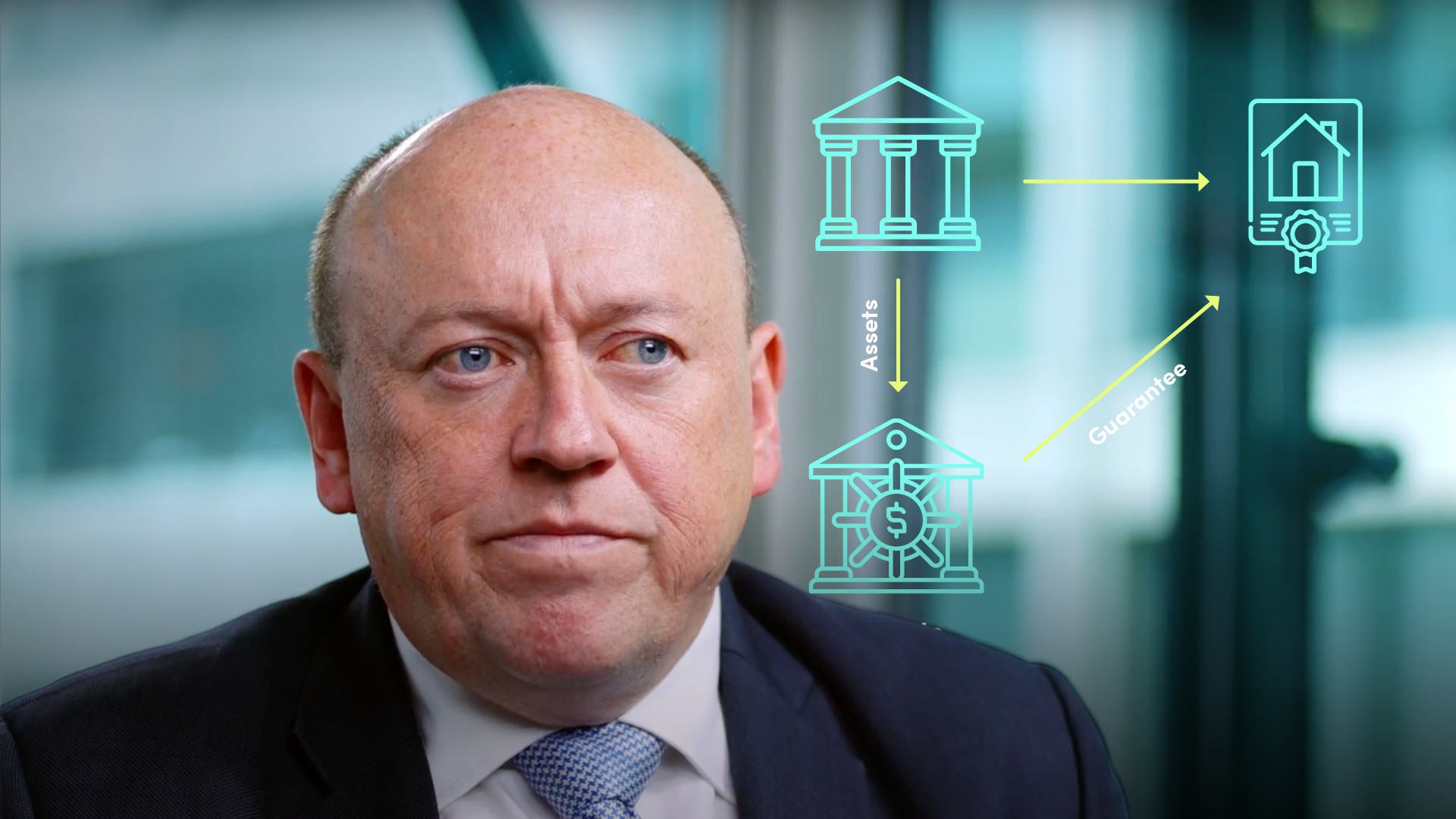
Covered Bond Structuring Alternatives

Richard Kemmish
30 years: Capital markets & covered bonds
There are several different ways to structure covered bonds. In this video, Richard covers the main structures, their implications and why they might be the best option in any given country.
There are several different ways to structure covered bonds. In this video, Richard covers the main structures, their implications and why they might be the best option in any given country.
Subscribe to watch
Access this and all of the content on our platform by signing up for a 7-day free trial.

Covered Bond Structuring Alternatives
6 mins 38 secs
Key learning objectives:
Identify and define the key structures of covered bonds
Describe how they work
Outline the key considerations and implications of each model
Overview:
There are 4 key structures of covered bonds. All of the models outlined below achieve similar rating uplifts, legally robust segregation, management of assets in insolvency and produce bonds that investors are equally happy to buy – which is used depending on the local legal environment amongst other variables.
Subscribe to watch
Access this and all of the content on our platform by signing up for a 7-day free trial.
What are the covered bond structures?
- On-balance sheet
- SPV guarantors
- Special banks
- Pooled issuers
How does the on-balance sheet model work?
The assets that back the bond are simply entered into a register that is maintained until it is needed (the failure or resolution of the issuer). The register forms the basis of a separate legal pool that can be segregated and used to service the bonds.
What are the issues with the on-balance sheet model?
- Some jurisdictions don’t easily accept the concept of ring-fencing assets
- Special status has some practical issues that need to be addressed
- It’s difficult to enter into the swap that most issuers use to protect the holders of covered bonds
How does the SPV guarantors model work?
A separate company is set up. It buys the assets from the bank and uses them as the basis for a guarantee. If the bank fails, the separate company becomes the primary source of repayment of the bonds.
What are the benefits and required considerations for using this structure?
Benefits
- This legal entity can enter into swaps
- There is no uncertainty about who owns the assets in insolvency
Considerations
- You need to be able to transfer the assets in the first place
- The separate company needs to be part of the issuing group for all practical purposes
What is a Special Bank, and what are its disadvantages?
This is an independent bank, owned by a regular bank that exists purely to manage the assets that are funded by covered bonds. This can achieve a much higher degree of legal and operational independence.
Disadvantages
- Expensive
- Time consuming
- Requires close supervision to work well
How does the Pooled Issuers model work?
This involves an agency which issues bonds and then uses the proceeds to on-lend to smaller banks who use the cover pool assets as security for the loan. This is used extensively in Switzerland and France.
Subscribe to watch
Access this and all of the content on our platform by signing up for a 7-day free trial.

Richard Kemmish
There are no available Videos from "Richard Kemmish"



























